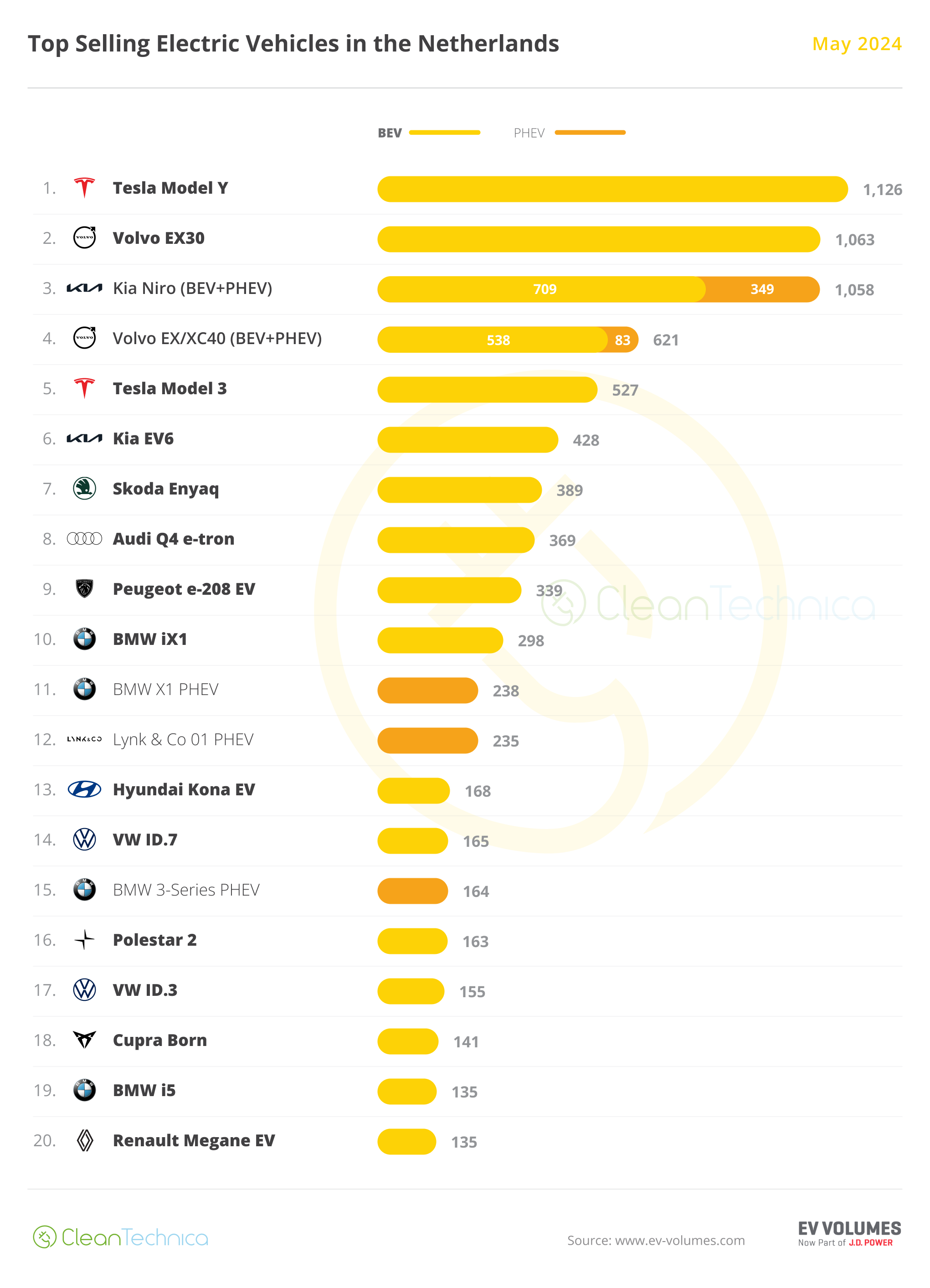Sign up for daily news updates from CleanTechnica on email. Or follow us on Google News!
Fleet managers have multi-layered responsibilities to ensure that vehicles and drivers are being utilized to their fullest potential in a safe and cost-effective manner. Today’s fleet managers use data to hone processes, create efficiencies, and conserve the fleet budget. Now that the electric vehicles (EVs) are increasingly becoming part of many fleets, new and heightened requirements around connectivity, software management, and data mining have been added to a fleet manager’s tasks.
As state and federal governments continue the rigorous push toward automotive electrification, many in the fleet industry are going through a slow changeover process, introducing EVs into their fleets. EV fleet management is the act of tracking and monitoring electric fleet operations — including all fleet-related data — to improve productivity while mitigating expenses as much as possible.
Whether it’s monitoring EV charging, understanding battery state-of-charge, managing electricity rate fluctuation, assessing public EV charging, managing charging equipment, or interpreting individual driver data, fleet managers now must oversee computers on wheels.
As EVs continue to rise in popularity among corporate fleets, the question emerges about the best ways to accommodate charging needs for fleet drivers. When these drivers take their vehicles home, a whole new level of accountability emerges. For EV fleet integrations of any size and of different makes and models, integration of multiple systems seems pragmatic, with holistic solutions always welcomed so that fleet managers get pointed in the right direction.
David Lewis, founder and CEO of MoveEV, reached out to CleanTechnica with some ideas about the newly enhanced EV roles for fleet managers. Lewis takes the position that charging EV fleet vehicles at home can be an excellent strategy to save employees time and cut operational costs. However, he acknowledges that “many companies hesitate in their take-home EV implementation, mistakenly believing that high-cost Level 2 home chargers are a necessity.”
This misconception, Lewis explains, can stall the transition to an efficient, cost-effective fleet charging solution. Instead, by taking a thoughtful approach to employees’ individual situations, fleet managers can design a take home EV program that fits their drivers’ needs and benefits the company’s long term profitability equations.
The Viability of Level 1 Charging for Low Mileage Drivers
For many fleet drivers, especially those covering less than 10,000 miles annually, the standard Level 1 charger that plugs into a 120v (standard) wall outlet and comes with their EV is perfectly adequate. This solution involves no additional hardware costs, mitigates issues when employees leave the company, and reduces corporate liability concerns.
The primary advantage of relying on Level 1 charging is its simplicity and cost-effectiveness, as it requires no extra investment in charging infrastructure. By leveraging the charging cable provided with the vehicle, companies can minimize their financial outlay while still supporting their employees’ charging needs effectively. Drivers can plug into a three-prong outlet in a garage or the side of a shed, for example, and get some charge, depending on the EV model. This is known as slow charging and helps to extend an EV’s range when a more powerful charger is unavailable.
Opting for Non-Networked Level 2 Chargers for High-Mileage Drivers
For higher mileage drivers with faster charging needs, a non-networked Level 2 charger “represents a compelling option,” according to Lewis. In one scenario, the employee pays for the unit and the installation and is then reimbursed by the company.
This approach has several benefits:
- Tax rebates and incentives: Employees may qualify for various tax writeoffs and incentives that are not available to companies, making the installation of a Level 2 charger more affordable.
- Ownership and choice: Employees select and own the charging port, choose the contractor, and pay for installation, which limits corporate liability and cuts costs.
- Home value enhancement: Installing a Level 2 charger can increase the value of the employee’s home, providing them with an additional benefit and easy access to charging.
- Accurate reimbursement still possible: Contemporary EVs record charging data, eliminating the need to get charging summary information from a smart charger. Software can connect the dots and calculate accurate usage, costs and reimbursement.
This Level 2 approach offers a cost-effective, lower liability solution that benefits both the company and the employee, making it an attractive option for higher-mileage drivers.
The Drawbacks of Company-Owned and Networked Chargers
Lewis outlines how installing company-owned chargers, especially networked ones, is arguably the least favorable option — for several reasons.
- Increased costs and liability: The installation and maintenance of networked chargers significantly increases costs. Moreover, owning the charging infrastructure introduces liability concerns, especially regarding data security.
- Connectivity and compatibility issues: Networked chargers can suffer from connectivity issues, leading to inaccurate charging data and other operating and compliance problems.
- Risk of fraud: Many smart chargers do not know which vehicle is plugged in. Thus, they also risk being used by non-fleet vehicles, further complicating cost and energy management.
- Brand lock-in: A number of networked chargers are tied to specific OEM brands, limiting the flexibility in vehicle selection and potentially locking the company into a less dynamic fleet vehicle mix.
The drawbacks associated with company-owned and networked chargers underline the importance of evaluating charging needs carefully, according to Lewis, and opting for solutions that offer flexibility, reduce liability, and control costs.
Decision Tree for Fleet Managers
When fleet managers draw upon a decision tree approach to determine the most suitable charging solution for their needs, they have the greatest likelihood of success, according to Lewis.
This decision making process involves assessing the annual mileage of fleet drivers, access to charging, the benefits of tax incentives, and considering the long-term implications of charger ownership and ongoing liabilities. By adopting a thoughtful, structured approach to at-home charging decision-making, fleet managers can identify the most cost-effective and efficient charging solutions that align with their company’s operational goals, culture, and drivers’ needs.
Transitioning to an EV fleet and providing robust at-home charging solutions for an EV fleet drivers need not be a big operational bottleneck requiring huge investments in home charging infrastructure and installation costs. Instead, by understanding the specific operational demands of an EV fleet vehicles and the unique circumstances of a particular pool of EV fleet drivers, companies can implement effective, efficient at-home charging solutions that save time, reduce costs, and minimize liability, all while supporting employees’ transition to electric mobility.
David Lewis is the founder and CEO of MoveEV, an AI-powered EV transition company that helps organizations convert fleet and employee-owned gas vehicles to electric by accurately reimbursing for charging electric vehicles at home. Dave is an experienced B2B software executive with significant experience systematically creating value through new product offerings, M&A, and transforming tech-enabled services to SaaS.
Have a tip for CleanTechnica? Want to advertise? Want to suggest a guest for our CleanTech Talk podcast? Contact us here.
Latest CleanTechnica.TV Videos
CleanTechnica uses affiliate links. See our policy here.





